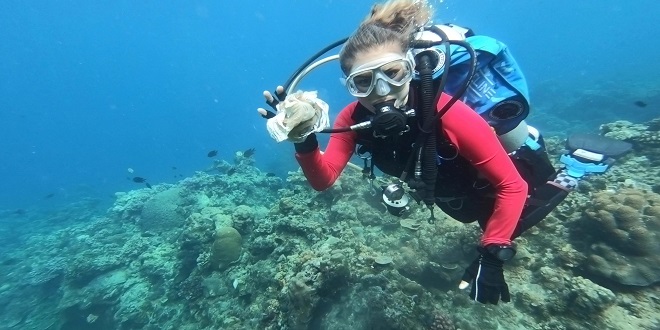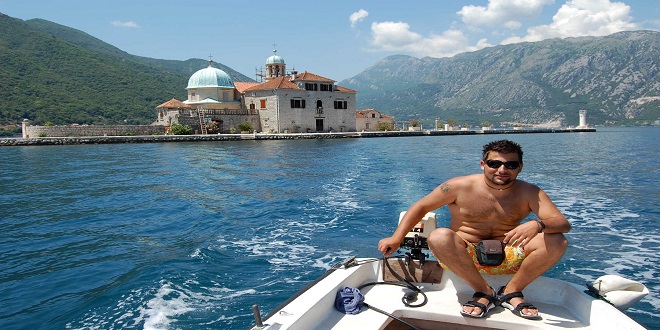Download Dive Guide to the Philippines

History
The first people in the Philippines were hunter-gatherers. However between 3,000 BC and 2,000 BC people learned to farm. They grew rice and domesticated animals. From the tenth century AD, Filipinos traded with China. Then in 1521 Ferdinand Magellan landed in the Philippines and claimed the islands for Spain. The Philippines is named after King Philip II of Spain. It was a Spanish colony for over 300 years. Friars converted the Filipinos to Catholicism.
In 1898 came war between the USA and Spain. Spain lost and ceded the Philippines to the USA. Then, in 1942 in WWII, the Philippines were in Japanese hands. American troops returned and recaptured Manila in February 1945. The Americans left Subic Bay in 1993.
Fidel Ramos became president. He improved the infrastructure in the Philippines including the electricity supply. Industry was privatized and the economy began to grow more rapidly. Today there is reason to be optimistic for the future. The population of the Philippines is now a robust 103 million
Wartime Shipwrecks Abound
The WWII years and even earlier have left an undersea legacy that now benefits divers. Subic Bay, just north of Manila, is a popular wreck diving spot. The American WWII victim USS New York and many others, including remnants from Spanish Manila Galleon days, are covered in marine life.
Following the exit of US troops after the eruption of Mt. Pinatubo, the bay is now open for exploration and hosts wreck divers, deep tek and lots of training. Subic has provided shelter for ships for many decades. The first major naval base was Spanish. Another very popular area lies south in Coron. For diving, Coron’s history started on September 24, 1944, when US Navy strike forces attacked a Japanese supply fleet at anchor in Coron Bay and north Busuanga Island.
Geography
There’s a saying that the Philippines “has it all” and this is certainly true above the sea (as well as below). Northern terraced mountains give way to steamy southern rainforest. In many parts of the country rice fields sit in the shadow of volcanic cones.
Their past eruptions have created some extremely fertile regions making farming popular for nearly half of the Philippine land. And the Philippines boasts over 7,000 islands (official count is 7,107) and some stunning, coconut covered atolls. 2,000 of the isles in the Philippines have inhabitants.
In contrast, it is said 2,500 don’t have names. Luzon and Mindanao are the largest islands making up two-thirds of the country’s landmass. 66% of the country’s land is found on these two islands. In fact, most of the islands here were formed from past and current volcanic and tectonic activity.
Climate
There are two seasons in the country, the wet season and the dry season, based upon the amount of rainfall. This is dependent as well on your location in the country. The average year-round temperature measured from all the weather stations in the Philippines, except Baguio City. Cooler days are usually felt in the month of January with temperature averaging at 25.5 °C (77.9 °F) and the warmest days, in the month of May with a mean 28.3

